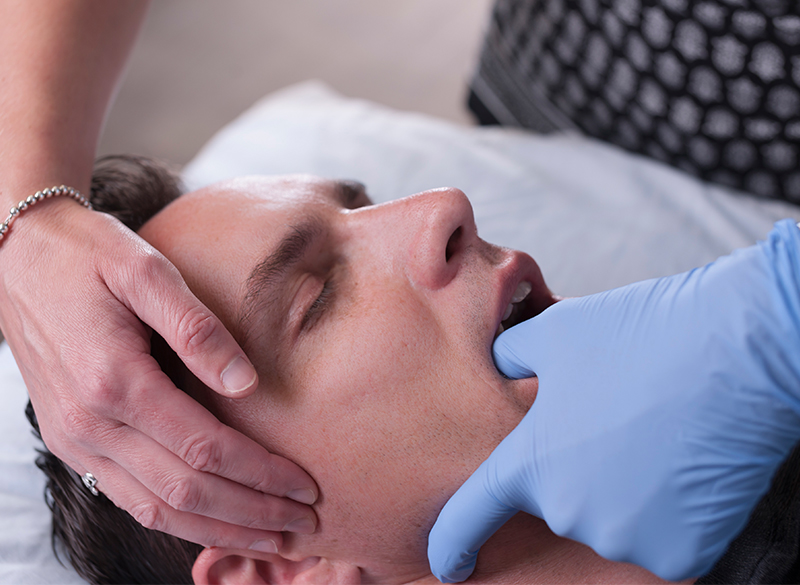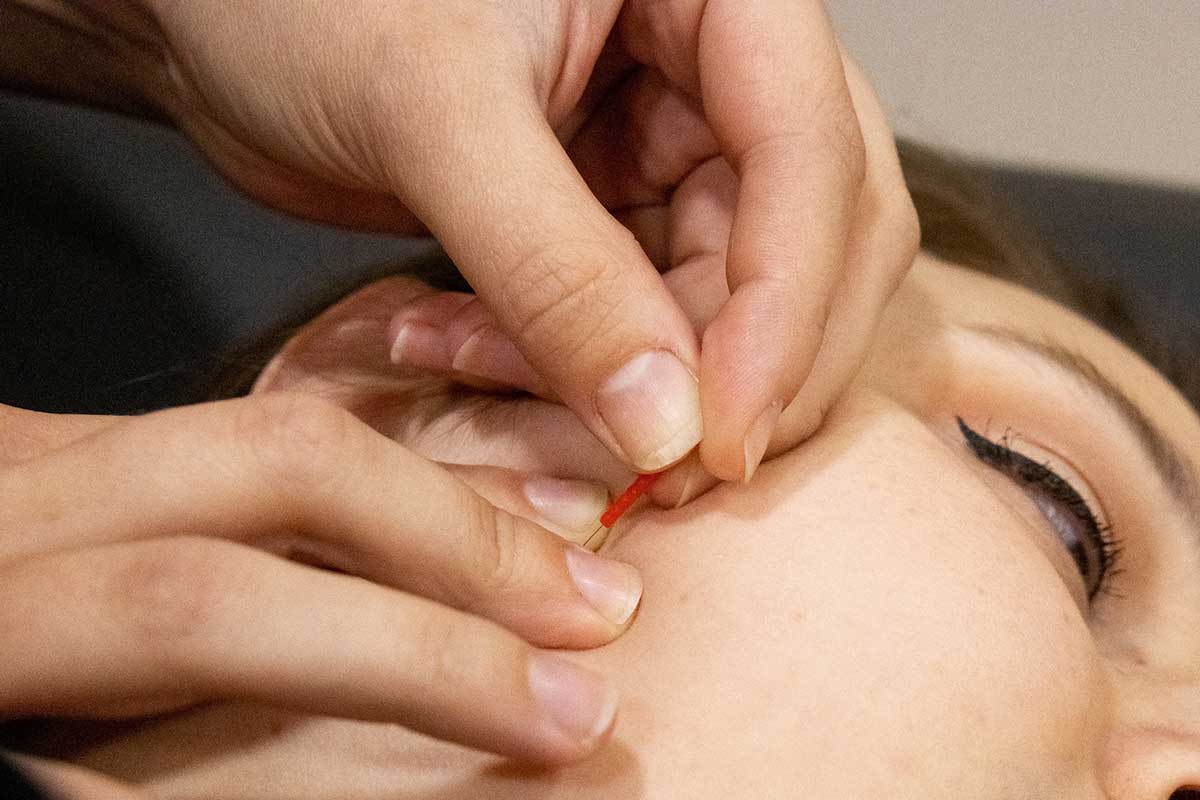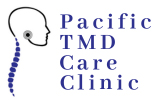Welcome to Pacific TMD Care Clinic, where we are dedicated to helping you find relief from jaw pain and regain optimal jaw function
Temporomandibular Joint Disorder (TMD) is a condition that affects the jaw joint and the muscles surrounding it, leading to pain, discomfort, and difficulties in daily activities. TMD physiotherapy employs a range of modalities to alleviate symptoms and improve jaw joint function.
Physiotherapy for TMD involves a comprehensive assessment of the patient’s condition, including an examination of the jaw joint, surrounding muscles, and posture. Based on this assessment, a personalized treatment plan is developed.
Various modalities are utilized in TMD physiotherapy, including manual therapy, therapeutic exercises, electrical therapy and adjunctive techniques such as dry needling. Manual therapy may involve gentle manipulation of the jaw joint to enhance mobility and reduce muscle tension. Therapeutic exercises aim to strengthen the jaw-supporting muscles, improve stability, and promote proper alignment.


Education about proper head & neck posture, ergonomic modifications, and relaxation techniques.

Adjunctive techniques, such as dry needling, may also be employed. Dry needling involves the insertion of fine needles into trigger points or tight bands of muscles to release tension and alleviate pain. This technique can be particularly beneficial for addressing muscle-related issues, such as myofascial pain and trigger points, which can contribute to TMD symptoms.
In addition to these techniques, other modalities like ultrasound, heat or cold therapy, and electrical stimulation may be employed in TMD physiotherapy. Ultrasound can help reduce pain and inflammation, while heat or cold therapy can provide relief and improve blood circulation. Electrical stimulation may be utilized to manage pain and promote muscle relaxation or activation.
Education and self-management strategies are also integral components of TMD physiotherapy. Patients are educated about proper posture, jaw positioning, ergonomic modifications, and relaxation techniques to minimize stress on the jaw joint. Lifestyle modifications, including dietary changes and stress management, are also discussed as they can have a positive impact on TMD symptoms.
It is important to consult with a qualified healthcare professional, such as a physiotherapist, for an accurate diagnosis and personalized treatment plan for TMD. They can determine which modalities, including dry needling, may be appropriate based on individual needs and response to treatment.
In conclusion, TMD physiotherapy utilizes a combination of modalities to address the symptoms of TMD and improve jaw joint function. Techniques such as manual therapy, therapeutic exercises, and adjunctive modalities that play a role in reducing pain, relieving muscle tension, and enhancing overall quality of life for individuals with TMD.

